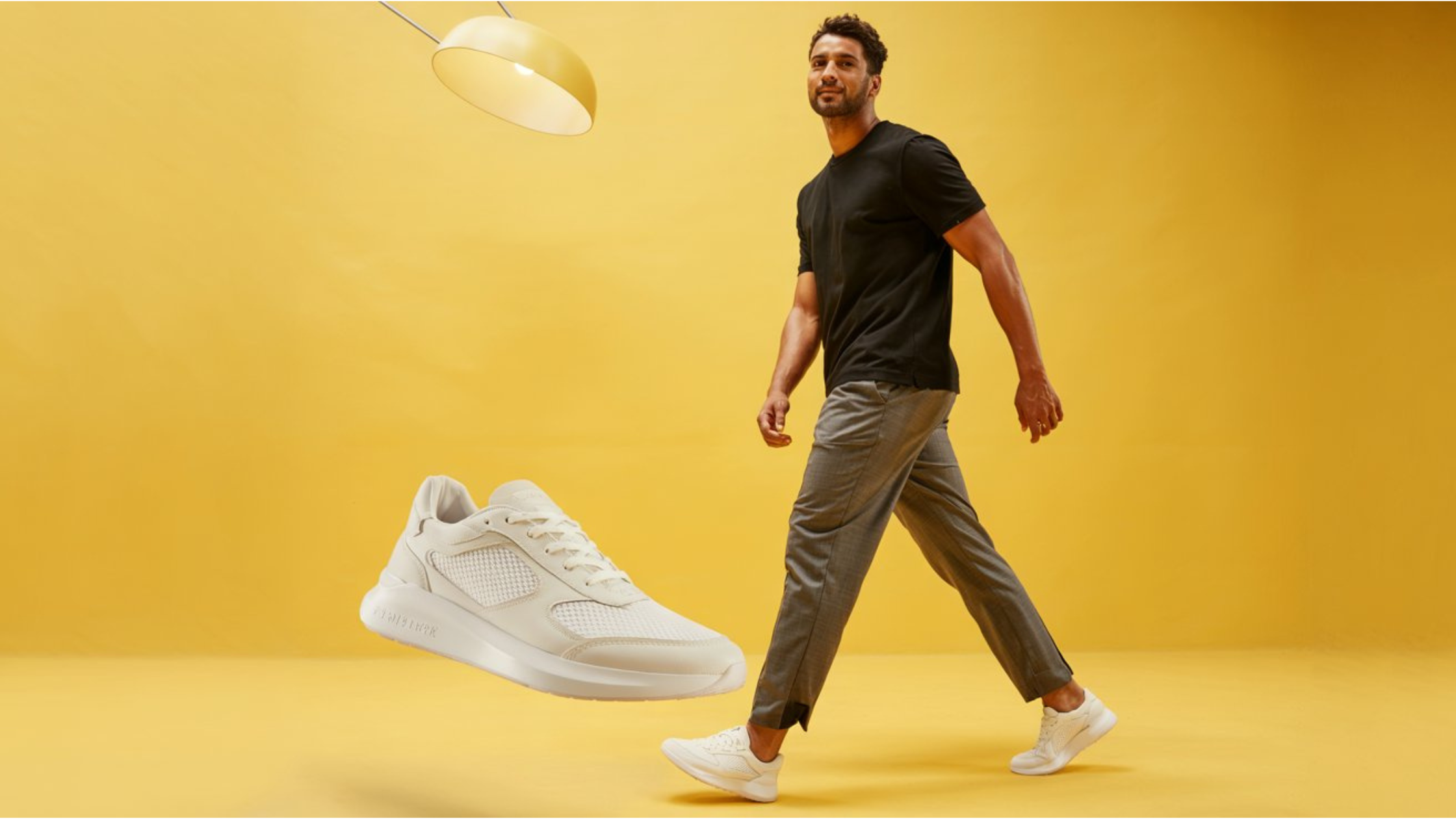There’s nothing like the thrill of unboxing a fresh pair of sneakers, the smell, the pristine sole, the first lace-up. But let’s be real: new kicks don’t always feel as good as they look. From stiff materials to tight fits, breaking in sneakers can quickly go from exciting to uncomfortable. The good news? You don’t have to sacrifice comfort to make new shoes work for you. In this guide, we’ll show you how to break in new shoes the right way without blisters, frustration, or regret. Let’s keep your style fresh and comfortable.
Why New Sneakers Hurt at First
New Sneakers may look clean and feel firm, but that initial stiffness is often the culprit behind discomfort. Most shoes are designed with durability and structure in mind, meaning the materials need time to soften and adapt to your unique foot shape.
Materials Matter
From buttery leather to synthetic mesh, every material breaks in differently. Leather takes longer to mold but offers a premium fit once softened. Knit and mesh uppers adjust faster but may lack initial support. Budget materials tend to be stiffer and less forgiving, making the break-in period more noticeable.
Common Pressure Points
Pain usually strikes at the heels, toes, and around the instep. These high-friction zones rub against stiff materials, especially in snug-fitting silhouettes like Jordan 1s or performance runners. If your feet are wide or high-arched, tightness across the midfoot or pinky toe area is common. Knowing your foot shape and the sneaker’s cut helps predict and prevent discomfort.
The key is understanding that a bit of stiffness is normal. But with the right approach, you can ease into your new pair without the pain.
Prepping Your Sneakers Before the First Wear
Before you hit the streets in your new kicks, a little prep work can go a long way in making the break-in process smoother and more comfortable.
Flex and Test at Home
Start by gently bending the sole with your hands to loosen up the midsole and outsole. Then, wear your sneakers indoors with thick socks for short periods—this helps soften the interior lining and gives the material time to begin molding to your foot without risking blisters or damage.
Use Sneaker Stretching Tools
If the fit feels tight, especially around the toe box or sides, consider using a sneaker stretch spray paired with shoe trees. These tools apply consistent pressure to help expand snug areas evenly. Just be sure to follow product instructions and never force a stretch—it’s about easing, not straining. For premium or delicate sneakers, visiting a sneaker care pro or cobbler can be worth it.
By prepping your pair properly, you’ll reduce break-in time and protect the shoe’s structure from unnecessary stress.
Dos and Don’ts of Breaking in Sneakers
Breaking in new sneakers is a process, and doing it wrong can lead to unnecessary pain or even permanent damage to your kicks. Here’s a quick guide to what you should and shouldn’t do when easing into your new pair.
DOs
- Rotate Pairs: Alternate with older sneakers to give your feet a break. Don’t wear new shoes back-to-back all day.
- Use Leather Conditioner: If you’re rocking leather uppers, apply a sneaker-safe balm to soften the material naturally.
- Pay Attention to Pressure Points: Track where discomfort hits. Mild soreness is normal—sharp pain is not.
DON’Ts
- Don’t Overdo It on Day One: Wearing new sneakers for an entire day, especially without prep, can lead to serious blisters.
- Avoid Wetting the Shoes: Using water to force flexibility can ruin certain materials and adhesives.
- Don’t Ignore Fit Issues: If pain persists after a few wears, it’s not a break-in problem; it’s likely a sizing or fit issue. Return or exchange if needed.
Follow these dos and don’ts to make the break-in period a smooth step, not a painful one.
Special Tips for Performance Sneakers
Performance sneakers like running shoes, basketball kicks, or training models demand a different kind of break-in routine. These pairs are built for movement, impact, and stability, so comfort isn’t just a luxury; it’s essential for performance and injury prevention.
Break Them In With Purpose
Instead of casual wear, start by using them for light activity. Take short jogs, shoot around, or warm up at the gym to let the shoe adapt to your movement patterns. This activates the cushioning and helps the upper mold to your foot under real conditions.
Don’t Push Through Pain
If the sneaker feels off, too tight at the forefoot, unstable at the heel, or causing hotspots, stop and reassess. Performance sneakers are tools. They should elevate your game, not distract from it.
A well-broken-in pair will feel like an extension of your body—supportive, responsive, and ready to perform.
Final Thoughts
Breaking in new sneakers is all about balance, taking the time to let materials adapt while keeping your feet supported and pain-free. Whether you're lacing up lifestyle heat or high-performance pairs, patience and the right techniques go a long way.
At Hustle Culture, we know that comfort should never take a backseat to style; that’s why we only stock sneakers worth stepping into.
With the right approach, your new kicks won’t just look good—they’ll feel like they were made for you from day one.





